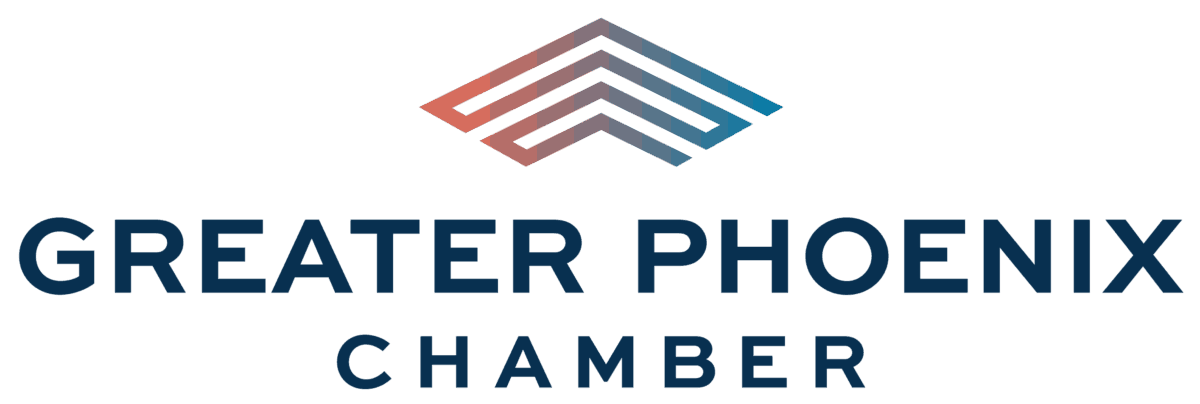Written by Brittney Effner, Manager at Sendero, Board Member, Valley Young Professional
As a manager with Sendero Consulting, I frequently interact with a variety of clients across multiple industries. Navigating the dynamics of a unique corporate culture presents its own distinct challenges, not to mention the complexities that arise in today’s multi-generational workforce. With five distinct generations—Traditionalists, Baby Boomers, Generation X, Millennials, and Generation Z—operating in the same professional space, each group brings unique perspectives, work styles, and values to the table. While this diversity is a powerful asset, it also presents management with a unique set of challenges. Understanding these differences and cultivating an inclusive and productive environment is paramount to success.
The Importance of Understanding Generational Diversity
For any manager responsible for a diverse workforce, it’s essential to understand that each generation is shaped by its formative years and key historical events. For example, Traditionalists, born between 1928-1945, were influenced by the Great Depression and World War II, which instilled in them values of loyalty, respect for authority, and hard work. Meanwhile, Baby Boomers (1946-1964) grew up during a period of economic prosperity and social change, which has shaped their competitive and idealistic nature. Generation X (1965-1980) is often seen as independent and self-reliant, having grown up in an era of dual-income households and technological advancements.
Millennials (1981-1996), the largest segment of the workforce today, are known for their focus on work-life balance, personal growth, and technological fluency. They are purpose-driven and seek meaningful work. Finally, Generation Z (1997-2012) is just beginning to enter the workforce. Having grown up with digital technology and in a post-9/11 world, they prioritize diversity, mental health, and flexibility in their work environments.
Managing the Challenges of a Multi-Generational Workforce
One of the key challenges we face is managing the varying communication styles. Traditionalists and Baby Boomers often prefer face-to-face communication or phone calls, while Gen Z and Millennials lean toward quick, digital communication channels like Slack or Microsoft Teams. This can sometimes lead to frustration or miscommunication if teams aren’t mindful of each other’s preferences. To address this, it’s important to establish clear communication protocols and ensure all voices are heard.
Another area where generational differences often emerge is feedback. Older generations, particularly Baby Boomers and Traditionalists, are accustomed to periodic, formal feedback sessions. In contrast, younger generations, such as Millennials and Gen Z, thrive on frequent, immediate feedback. Recognizing this, managers need to adapt their leadership style, offering real-time feedback when needed but also respecting the structure that older generations are familiar with.
Work-life balance is another flashpoint. Baby Boomers, who often spent decades in one or two companies, may view long hours as a badge of honor, while Millennials and Gen Z seek flexibility and are not as inclined to make their personal well-being secondary to their careers. This shift requires managers to offer flexible solutions, such as remote work options or adjusted work hours, to meet the needs of all employees.
Practical Strategies for Managing Multi-Generational Teams
I always emphasize the importance of educating teams on the generational differences that exist in the workforce. This awareness helps break down stereotypes and fosters a culture of respect. Respect is non-negotiable. Every individual, regardless of age or experience, deserves to be heard and valued.
Another critical strategy is focusing on the big picture. Too often, organizations get bogged down in the minutiae of workplace dynamics without aligning teams around a shared purpose. Whether it’s meeting company goals, launching a new product, or improving customer satisfaction, ensuring that everyone is working toward the same objective helps bridge generational gaps.
Learning from one another is key. Encouraging intergenerational mentorship programs allows the experience of older generations to be passed on, while the fresh perspectives of younger generations can introduce innovative ideas. Age biases and stereotypes need to be actively addressed. It’s important not to make assumptions about someone’s capabilities or work ethic based on their age. Leaders should take the time to get to know their team members individually.
Offering flexible solutions is another essential element. Not every generation has the same expectations when it comes to work structures. Gen Z, for example, expects mental health support and a high degree of flexibility, whereas Baby Boomers might prefer more traditional work arrangements. Providing options allows for a more inclusive workplace where everyone’s needs are met.
Listening is Key
At the end of the day, the most important thing we can do as managers is listen. Every employee wants to be heard and understood. By challenging our assumptions, asking thoughtful questions, and recognizing the value that each generation brings, we can cultivate a workplace that is both inclusive and productive.
As the workforce continues to evolve, embracing generational diversity isn’t just a “nice to have”—it’s a business imperative. Organizations that can successfully navigate these complexities will be better positioned to attract top talent, foster innovation, and drive long-term success.
Managing a multi-generational workforce requires a delicate balance of understanding, flexibility, and communication. But by focusing on the strengths that each generation offers and creating an environment where everyone can thrive, we can unlock the full potential of our teams.


